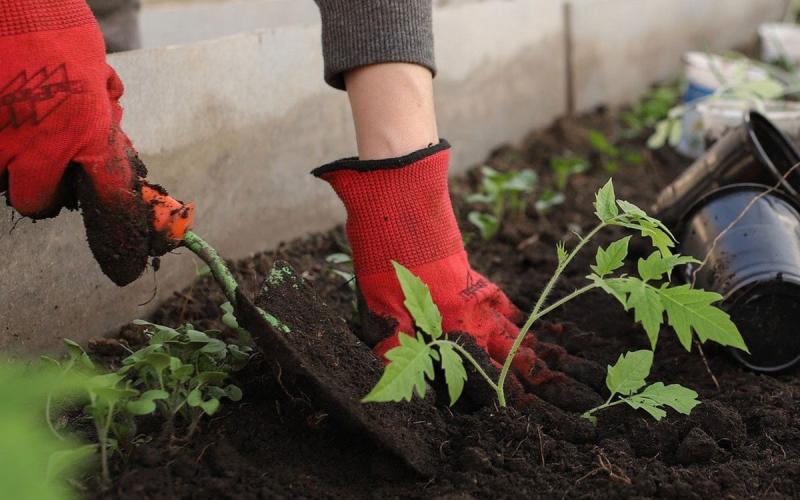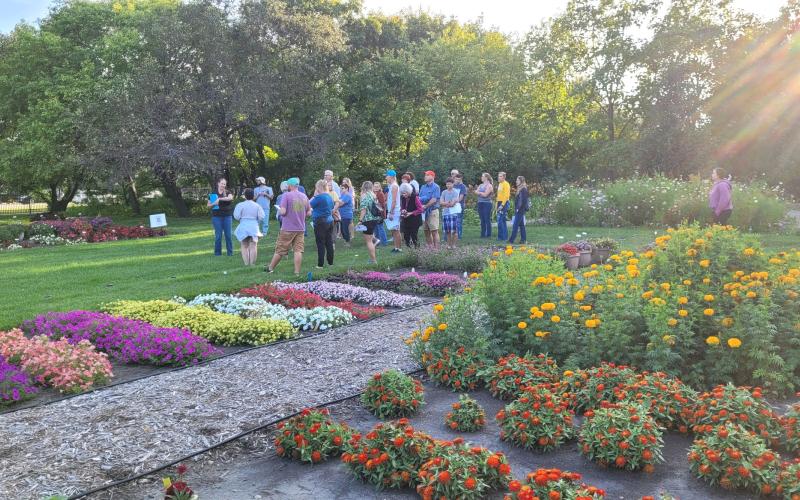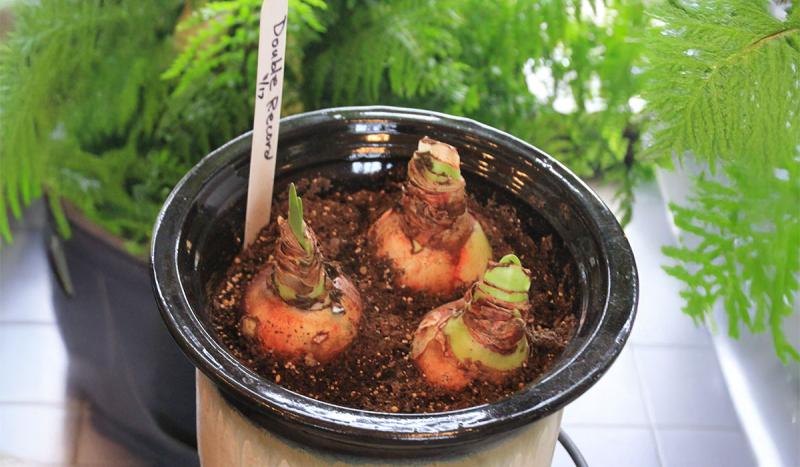
Original article by David Graper, former SDSU Extension Horticulture Specialist and Master Gardener Program Coordinator. Updated by Katrina Manley, SDSU Extension Horticulture Assistant; and Kristine Lang, Assistant Professor, Agronomy, Horticulture, and Plant Science. Special thanks to SDSU Extension Master Gardener Trainee, Max Peterson, for editorial review of this article.
Winter and early spring months can benefit from a pop of color brought on by forcing bulbs to bloom indoors. In general, cold-hardy bulbs need to go through a rooting phase, right after planting, and then a vernalization (cold) period of 9 to 12 weeks before they will flower and can be appreciated indoors. Once the bulb flowers, keep watering it until the green leaves turn yellow then brown, and die back. Leaf dieback is a natural process for seasonal bulbs. Let the soil dry out, and store the bulbs in a cool, dry place until late summer or early fall when you can replant the bulbs outdoors in your garden. Below are more details on a variety of bulbs to consider forcing indoors for beginning and experienced plant lovers!
Bulbs to Start Indoors for Beginners
Amaryllis
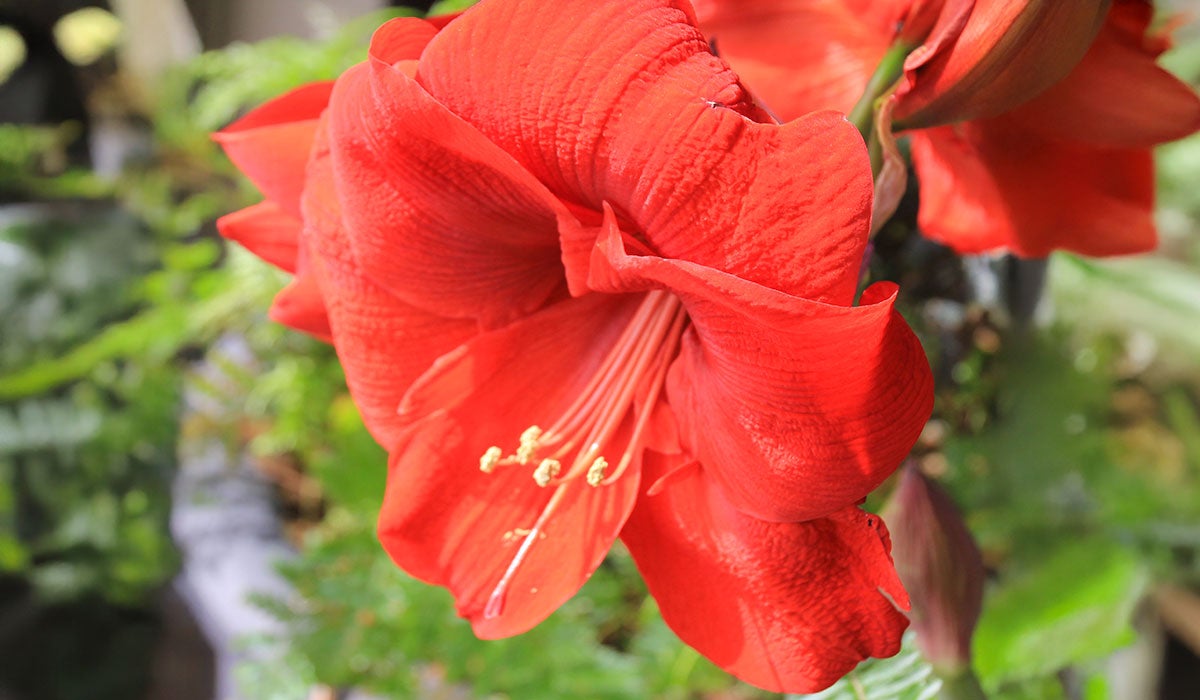
Probably the most-common flowering bulbs that bloom in early Spring are the amaryllis. Typically, these bulbs are for sale before Christmas, but when allowing a plant from a previous year to go dormant the previous Fall or early Winter, it often emerges from dormancy in early Spring. Watch for signs of the new flower buds emerging from the top of the bulb as a cue to start watering them again. They are glorious when they flower
Begonia
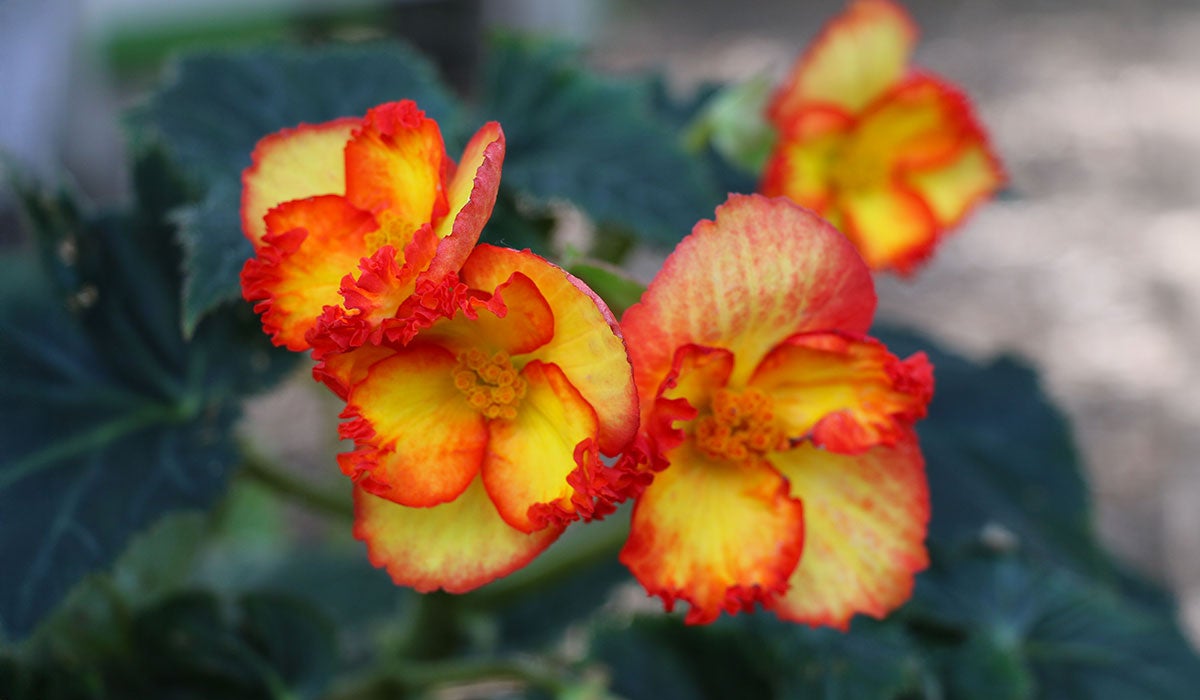
There are several begonia species that can be grown from tubers. Some have large single or double flowers that can grow to 3 to 5 inches in diameter. They are often listed as “tuberous begonias,” and can have a wide variety of colors, too. Other types of tuberous begonias produce a multitude of flowers on well-branched plants. Although these types can be grown inside, it is probably better to get them started in relatively large pots, then move them outdoors to even larger pots, or even plant them directly in a flower bed after all danger of frost has passed.
Calla Lilies
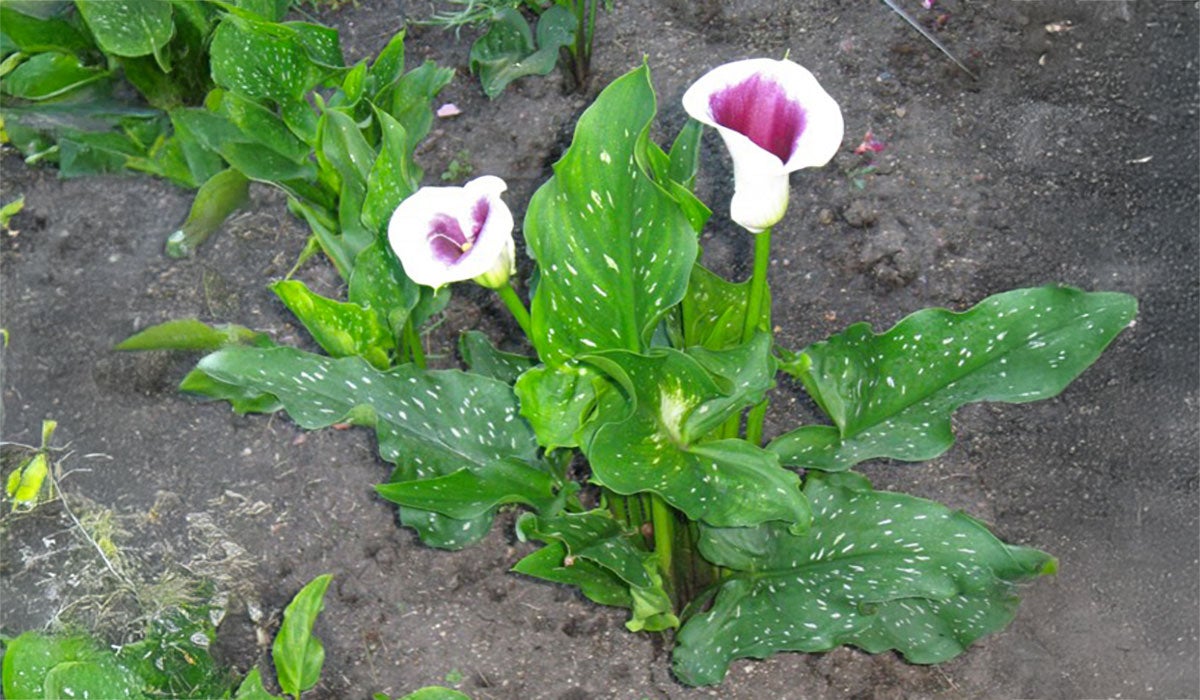
Calla lilies (Zantedeschia) are often sold near Spring holidays as potted plants. They are quite easy to grow and can flower inside with adequate sunlight. The foliage is quite attractive, and can be either plain green or have white spots. Flower colors range from white to pink, mauve, orange, yellow, red, or nearly black. They may be planted outside once temperatures warm up sufficiently. They may continue to flower most of Summer and into Fall if spent flowers are removed. Once the tops of the plants die after the first frost, carefully dig up the tubers and store them for next year.
Caladiums
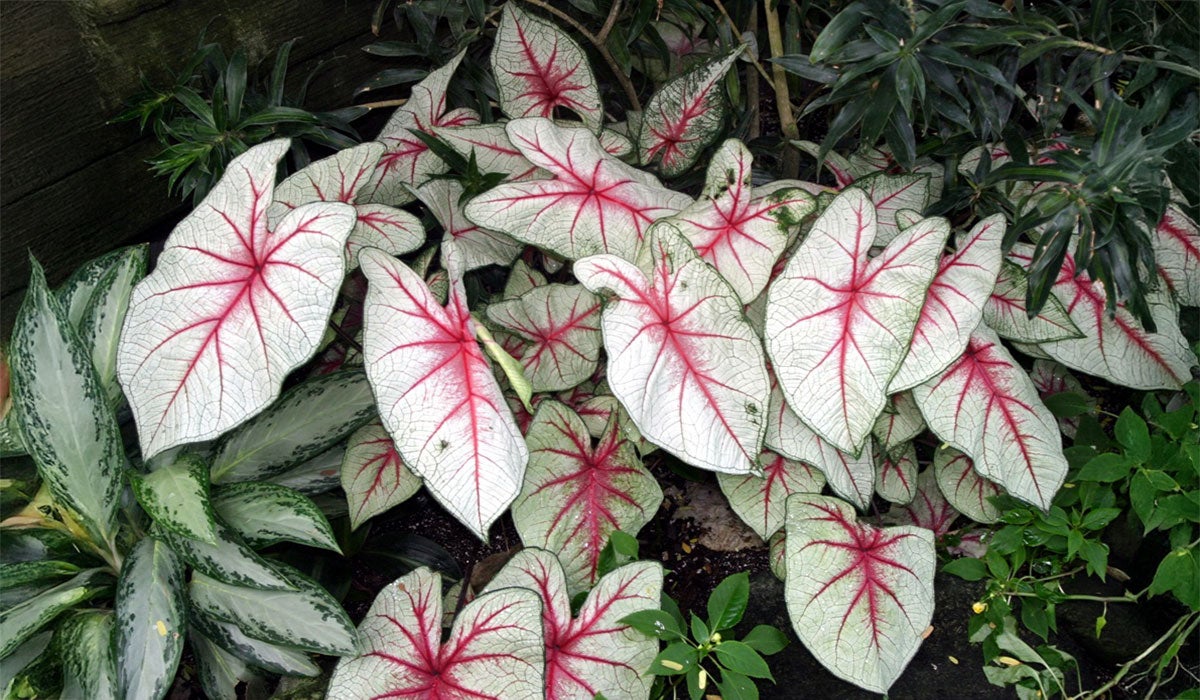
Caladiums are grown for their colorful foliage, which can have a kaleidoscope of colors, ranging from green to white, red, and pink, usually with striking patterns. Although they are usually best grown outdoors, the bulbs are difficult to get to start growing under cool soil conditions. It is best to place them in pots in a warm location to begin growing. Once outside temperatures rise sufficiently, replant them in a semi-shaded location to enjoy their vibrant colors all season long.
Colocasia & Alocasia
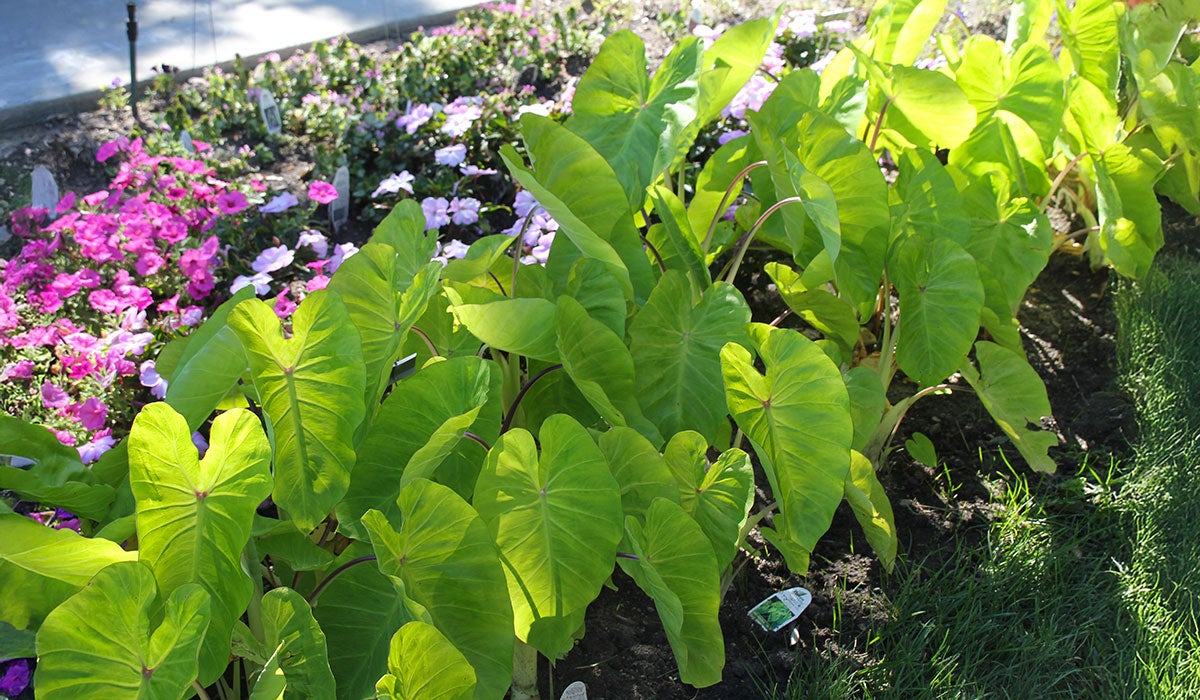
Colocasia and Alocasia are another group of plants grown for their colorful foliage. Many new hybrids have been released in recent years. Potting them indoors a couple months before the previous frost date can give them a chance to begin growing and help create a much better display earlier in the Summer than planting the bulbs directly into the garden. They can grow to be quite large, often 3 to 4 feet in height, with leaves 12 to 20 inches long and 8 to 10 inches wide. These subtropical plants also work very well in containers. Their pots may even be submerged in water gardens.
Shamrocks
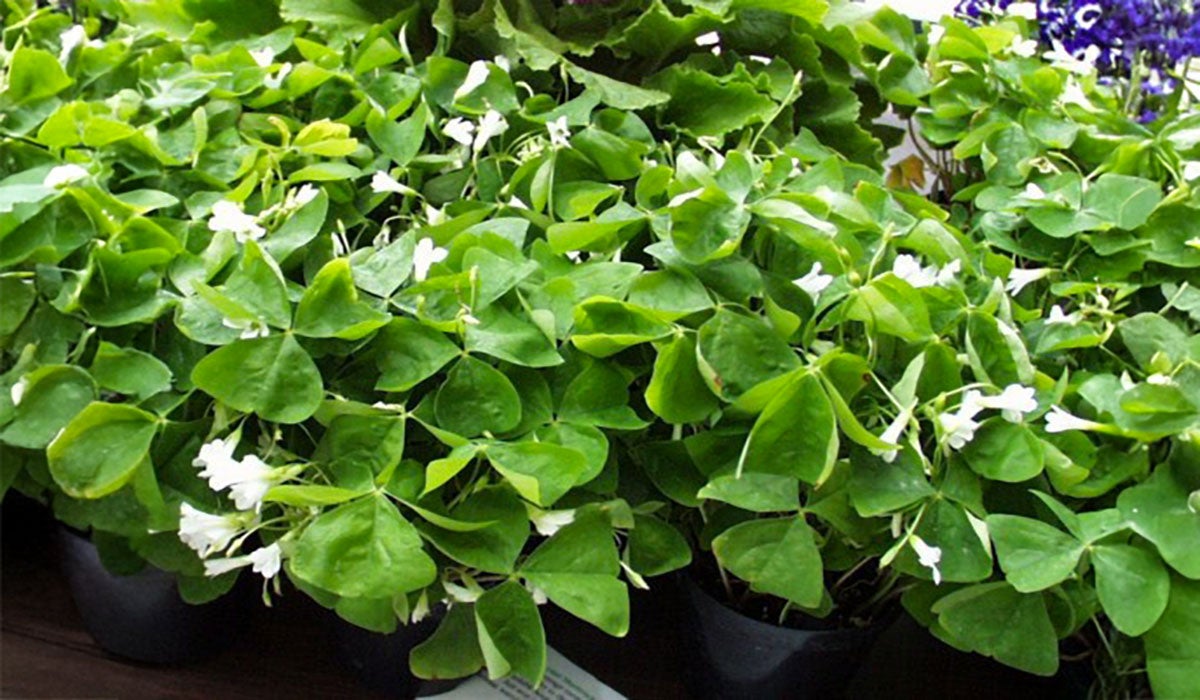
After St. Patrick’s Day has passed, it might be possible to plant shamrocks (Oxalis triangularis), which not only provide those characteristic clover-like leaves, but also little pink or white flowers. A few different cultivars are available, some with plain green leaves, others with darker patches in the center of the leaflets, or with burgundy red leaves. Their small bulbs are easy to plant and grow, and they make great houseplants for not only St. Patrick's Day, but also throughout the year.
Summer-Flowering Bulbs
Dahlias and Lilies

There are many other summer-flowering bulbous plants that grow best outdoors but can be started indoors. Dahlia tubers are often divided and started indoors so that they have more time to grow and develop their lovely flowers, which often do not appear until later in Summer. Various types of lilies growing in pots are offered for sale at garden centers or greenhouses. While they may be planted in pots indoors, it is probably better to keep the bulbs refrigerated until Spring, when they may be planted directly into your garden this spring.
Canna, Gladiolus and Daylilies

Canna rhizomes can be started in larger pots before planting outdoors, but the typical canna plant can be quite large and can take up a lot of windowsill space. Unless a greenhouse is available, it is probably better to plant them directly outside later in Spring. Likewise, gladiolus should be planted directly in the garden. Hardy perennial bulbs like daylilies should be planted directly in the garden, too. They are generally available as bare-root plants. Keep them in a cool location until the soil warms up a bit, probably around mid-April.
Pineapple Lily

If you feel a bit adventurous, you can also try a cold-sensitive bulb, like Eucomis, the pineapple lily. This South African native has a very interesting flower stalk that is reminiscent of a pineapple. Most cultivars are hardy in USDA Zones 7 to 10, so they either must be used as an annual, or the bulbs need to be dug and stored over Winter.
Agapanthus
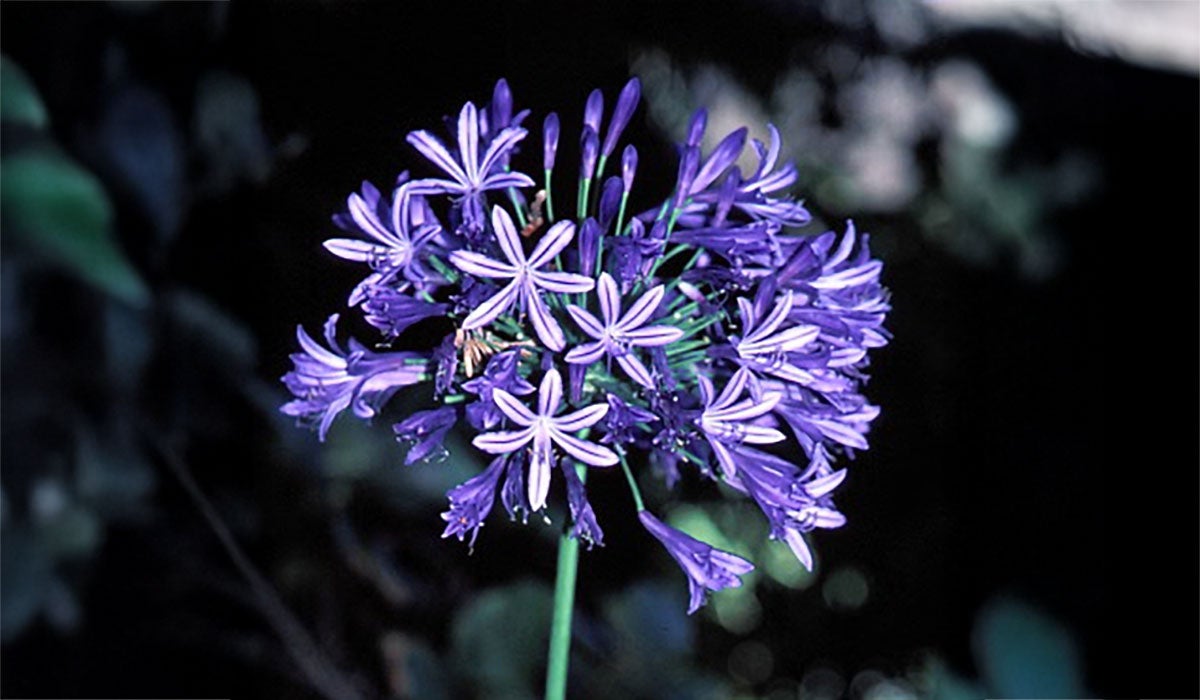
Agapanthus is an African flowering-bulb that would make a great addition to the garden or to a large container. It has long, strap-like leaves and a large flower umbel, similar to the onion (Allium sp.) plant. Flowers on Agapanthus plant are usually white or blue.
Ismene

Ismene (Hymenocallis) is a tender bulb that is native to Ecuador and Peru. It also has strap-like leaves, very similar to those of the Amaryllis plant. It has delicate and very fragrant flowers that are usually white in color. Dig these tender bulbs up during the Fall and store them during Winter to enjoy them again the following year.
